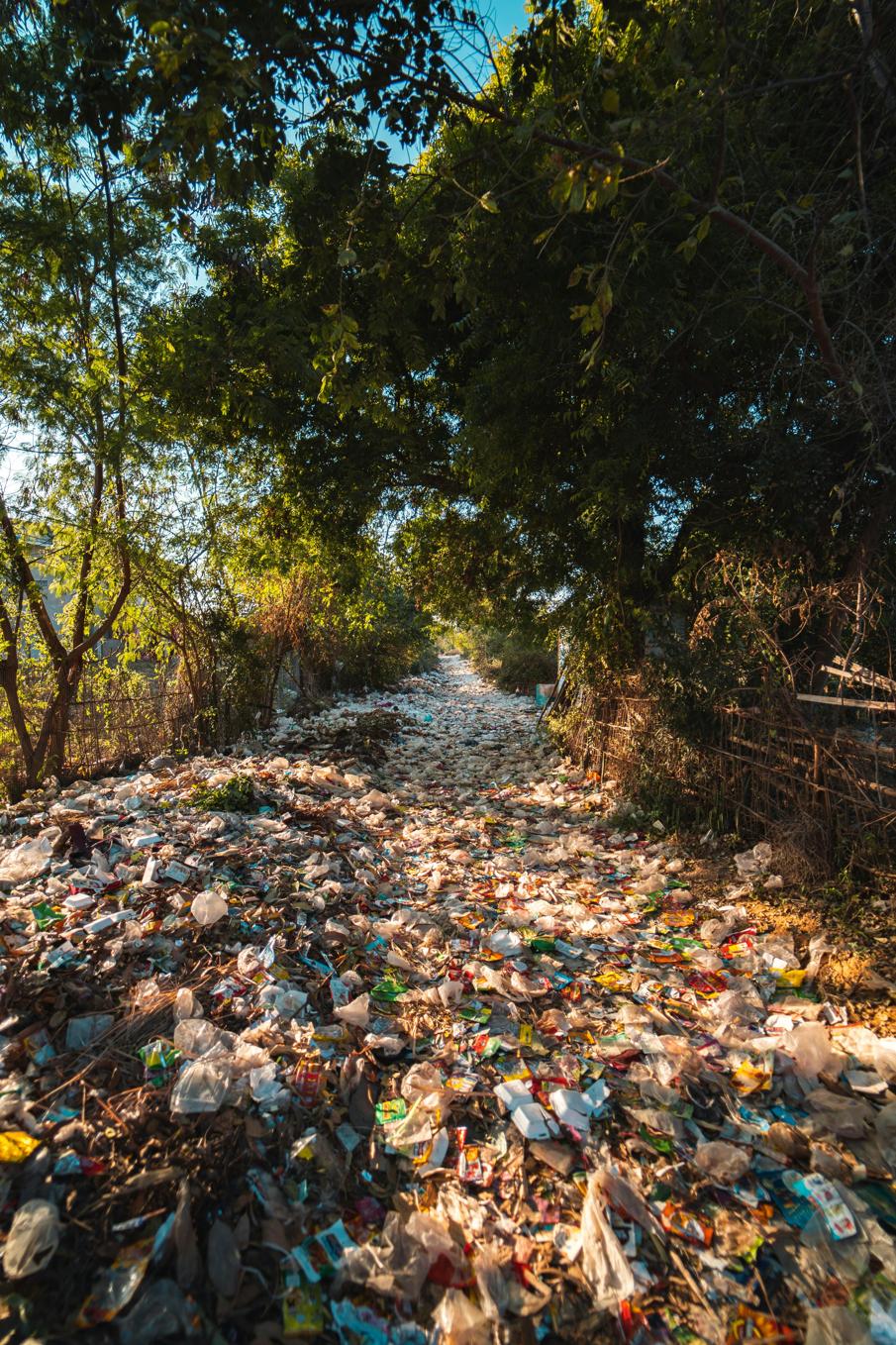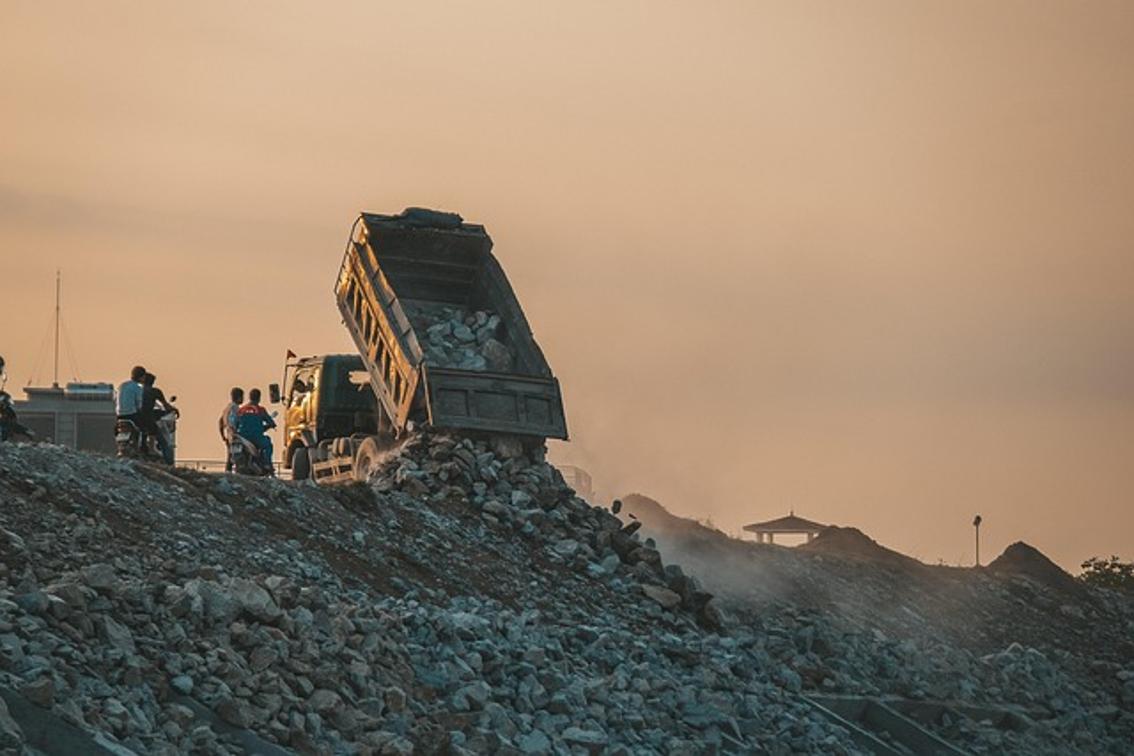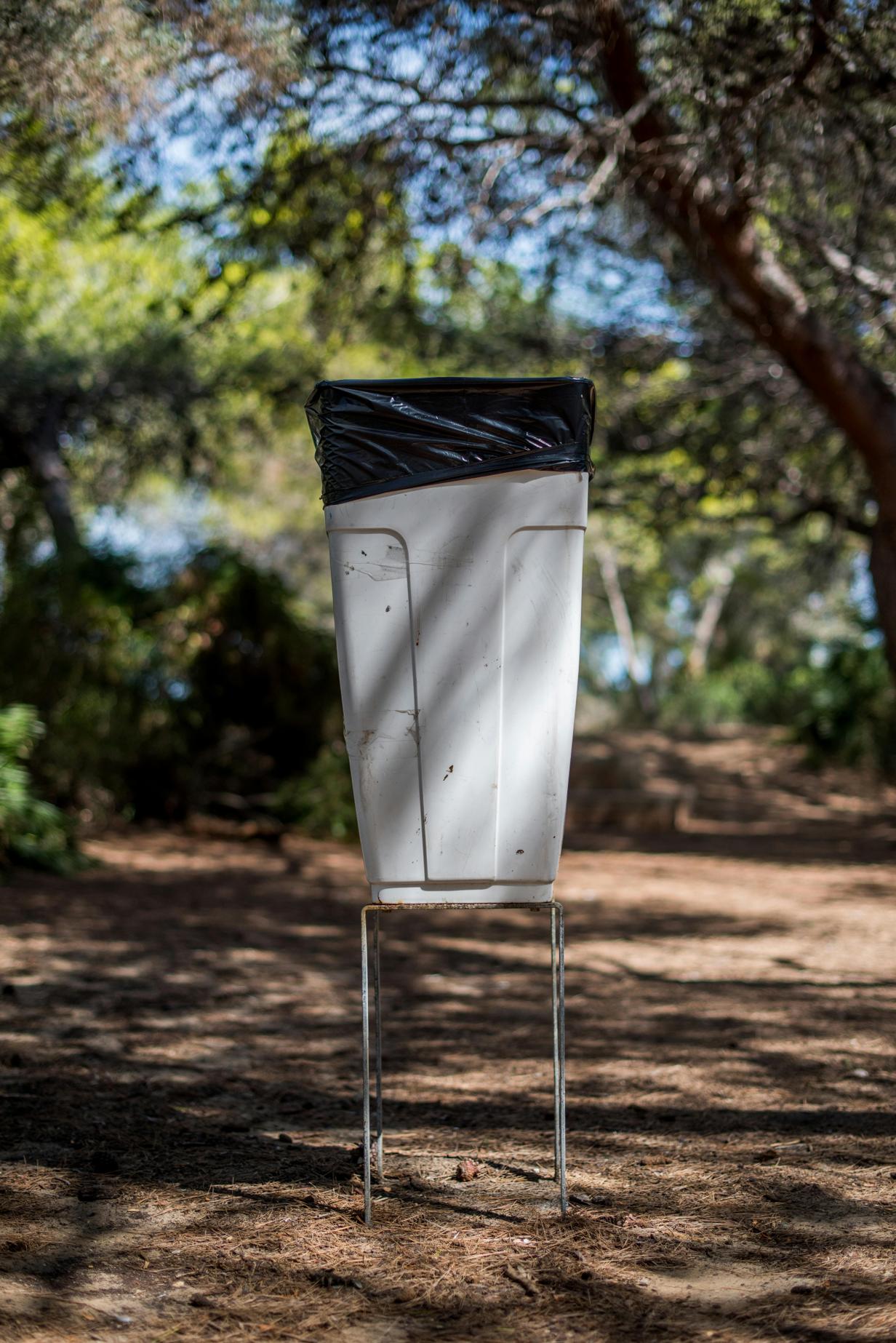Introduction
A clogged garbage disposal can disrupt your kitchen routine and leave you feeling frustrated. Whether it’s due to food particles, grease buildup, or foreign objects, understanding how to tackle the problem effectively can save you time and money. In this blog, we’ll walk you through identifying the problem, preparing for the job, a step-by-step unclogging guide, DIY solutions, and offer some maintenance tips.
By following this comprehensive guide, you’ll be able to address the issue head-on, potentially avoiding the need for a professional plumber and keeping your kitchen running smoothly.

Identifying the Problem
Before diving into unclogging your garbage disposal, it’s crucial to identify the underlying problem. Common signs of a clogged disposal include:
- Slow drainage in the sink
- Unusual noises when the disposal is running
- Foul odors emanating from the sink
- The disposal unit not turning on at all
Identifying these symptoms early can make the unclogging process easier and more effective. Knowing what you’re dealing with helps you take the right steps to fix it and prevents further damage to your plumbing system.

Preparing for the Job
Safety is paramount when dealing with a garbage disposal. Before you start, you need to prepare adequately to ensure you won’t face any accidents:
- Turn Off Power: Unplug the disposal unit or turn off the circuit breaker to cut off power completely.
- Gather Tools: You’ll need pliers, a flashlight, a hex wrench, baking soda, vinegar, a rubber spatula, and a plunger.
- Clear the Area: Make sure the area around your sink is clear and dry to prevent slips and falls.
Correct preparation ensures the job goes smoothly and safely.

Step-By-Step Unclogging Guide
Inspecting the Interior of the Disposal
- Use a flashlight to look inside the disposal to identify any visible obstructions.
- If you see something blocking the way, use pliers or a rubber spatula to carefully remove it.
- Avoid using your hands to prevent injury from the sharp blades.
Using the Reset Button
- Locate the reset button usually found on the bottom of the disposal unit.
- Press the button; it should click, indicating it has reset.
- Turn on the disposal to see if this resolves the issue.
Manually Spinning the Blades
- Use an Allen wrench to manually turn the disposal blades from the bottom of the unit.
- Insert the wrench into the hex hole and turn it back and forth to dislodge any stuck debris.
- Check if the unit operates correctly afterward.
Using a Plunger
- Place the plunger over the drain and create a tight seal.
- Pump the plunger vigorously for about 20 seconds.
- Remove the plunger and see if the water drains properly.
DIY Solutions
Baking Soda and Vinegar Method
- Pour half a cup of baking soda into the disposal.
- Follow it with a cup of vinegar and let the mixture sit for 10 minutes.
- Flush with hot water and run the disposal to clear any remaining debris.
Hot Water and Dish Soap Technique
- Boil a large pot of water.
- Add a few tablespoons of dish soap and pour the mixture down the drain gradually.
- Turn on the disposal and let the hot water run through, breaking down any grease buildup.
When dealing with more stubborn clogs, these DIY methods can often do the trick, but knowing when to call in professional help is crucial for maintaining your plumbing system.
When to Call a Professional
Sometimes, despite your best efforts, a clogged garbage disposal may require professional assistance. Call a plumber if:
- You cannot identify the problem on your own.
- DIY solutions fail to unclog the disposal.
- There are persistent electrical issues.
- You hear grinding or metallic noises, suggesting internal damage.
Professional help ensures that your plumbing system stays in good condition without causing further damage.
Maintenance Tips
What Not to Throw in the Garbage Disposal
Avoid putting the following items in your garbage disposal to prevent future clogs:
- Coffee grounds
- Eggshells
- Grease and oil
- Fibrous vegetables like celery
- Bones and hard items
Regular Cleaning Routine
- Run cold water before and after using the disposal.
- Use a mixture of baking soda and vinegar weekly to clean the interior.
- Grind small citrus peels to keep the unit smelling fresh.
Best Practices for Disposal Use
- Cut large food particles into smaller pieces before disposing of them.
- Avoid overloading the disposal; feed items gradually.
- Use the disposal regularly to prevent rust and corrosion.
Having a regular maintenance routine can prolong the life of your garbage disposal and keep it running efficiently.
Conclusion
Unclogging a garbage disposal doesn’t have to be a daunting task. By following the steps outlined in this guide, you can tackle the issue head-on and get your kitchen back in working order. Remember to take all necessary safety precautions and don’t hesitate to call in a professional if the problem persists.
Frequently Asked Questions
What are the common causes of a clogged garbage disposal?
Common causes include food particles, grease buildup, non-food items, and overloading the disposal.
How often should I clean my garbage disposal?
Ideally, you should clean your garbage disposal at least once a week using a combination of baking soda and vinegar, and flush it with hot water.
Can chemical drain cleaners damage my garbage disposal?
Yes, chemical drain cleaners can corrode the disposal’s metal components, leading to damage over time. It’s best to stick to natural cleaning solutions.
